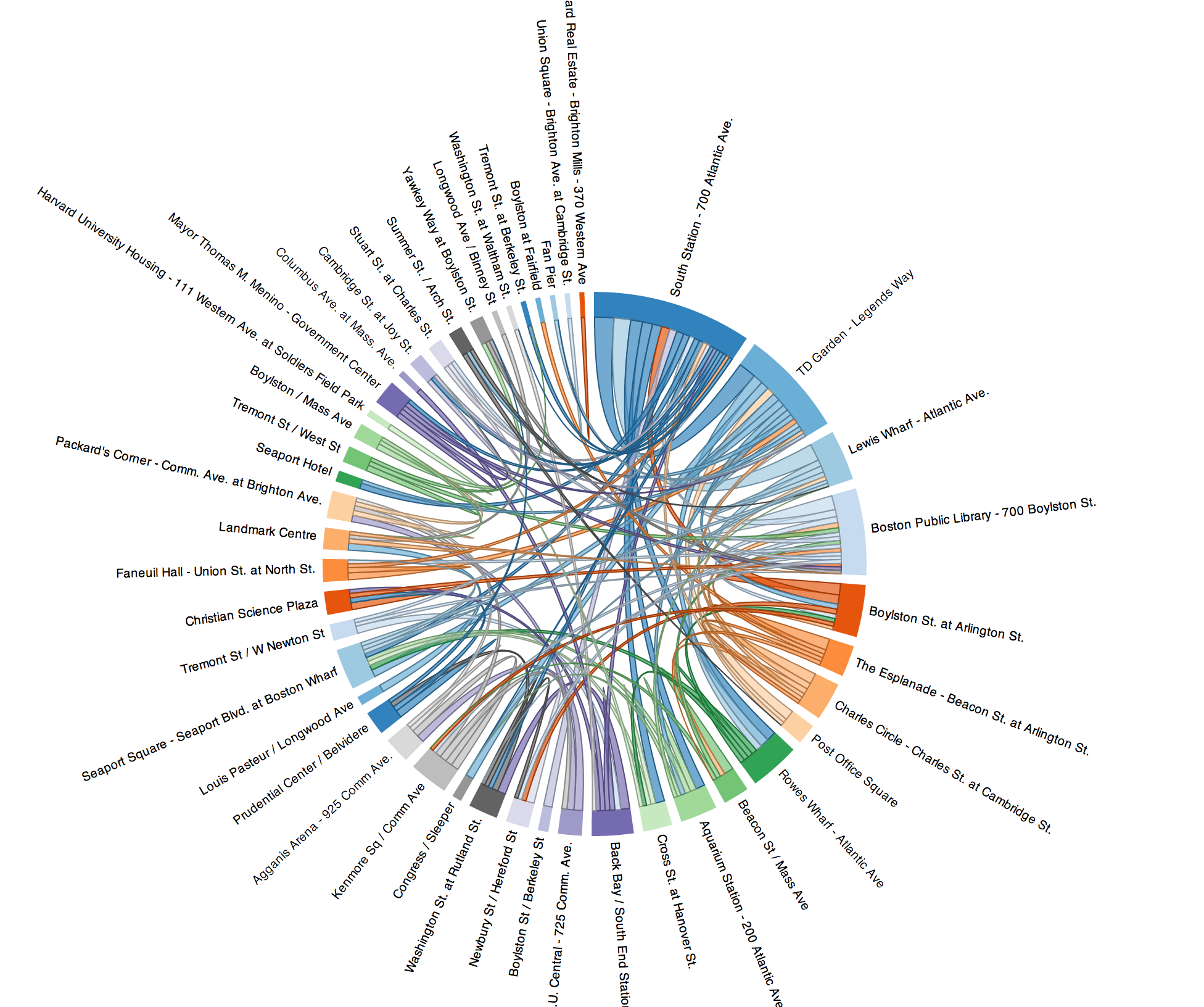Author
Guzman Iglesias
DevSnack #24: Data Visualization is the technique that transforms information into an experience. It is the modern equivalent of visual communication. This technique takes some raw information into a scene where analysis flows spontaneously and conclusions are seen explicitly. This concept is pretty old. However, powered by the Internet, the amount of information is growing faster than ever. Within this context, a perfect environment for the growth of beautiful artworks is being generated.
#1 – We Feel Fine
Multi awarded and talented Jonathan Harris (@jjhnumber27) and Greg Hochmuth (@grex) created ‘We feel fine’ in 2006, an exploration of human emotion in six movements. The data is taken from people’s feelings. The project presents a collection of posts from weblogs that have the phrase ‘I feel’ or ‘I’m felling’. This couple of artist-developers have created other similar projects since then that it worth a mention and nobody will regret if after visiting it.
#2 – Music Time
How popular was each music genre over the time? In this visualization, Google (@google) shows the evolution of the popularity of each music genre over the last 60 years.
#3 – Close the Gap
In this project, StudioMetric (@studio_metric) explores the gaps between women and men in three different social aspects: 1) Labour force participation; 2) Secondary education participation; and 3) Parliamentary participation.
#4 – ‘Scrollytelling’: Pinellas Failure Factories
Data Visualization is a powerful tool for journalism, and this work can prove it. This project, created by Tampa Bay Times (@TB_Times), tells a story about an specific educational situation on the Pinellas County (Florida, USA), with graphics that causes an effective impact on reader.
#5 – Selfiecity
Selfies are being an extraordinary social phenomenon and this project contributes with an valuable investigation work. Selfiecity (@selfie_city) investigates selfies using a mix of theoretic, artistic and quantitative methods. Then, represents their findings about the demographics of people taking selfies, their poses and expressions. Rich media visualizations assemble thousands of photos to reveal interesting patterns.



